Gardening is a hobby that has been around for centuries, and while many gardeners have found solace in the traditional soil approach, others are looking to switch it up and try something different. Concrete may sound like an unusual choice, but more and more gardeners are finding out that concrete can be a great option when it comes to setting up their raised garden beds. Is concrete really a safe material to use for your gardening needs? This article will investigate this question further in order to help you decide if concrete is right for you.
What is Concrete?
Concrete is a composite material composed of cement, aggregate (gravel and sand), water, and sometimes admixtures like polypropylene fibers or air-entraining agents. It is widely used in the construction industry for making foundations, columns, beams, walls, pavements, and many other structures.
Concrete has excellent compressive strength but lacks tensile strength; therefore it requires reinforcement with steel bars to make it suitable for use in high-stress applications. It also has good durability against weathering and chemical exposure, making it an ideal material for outdoor structures.
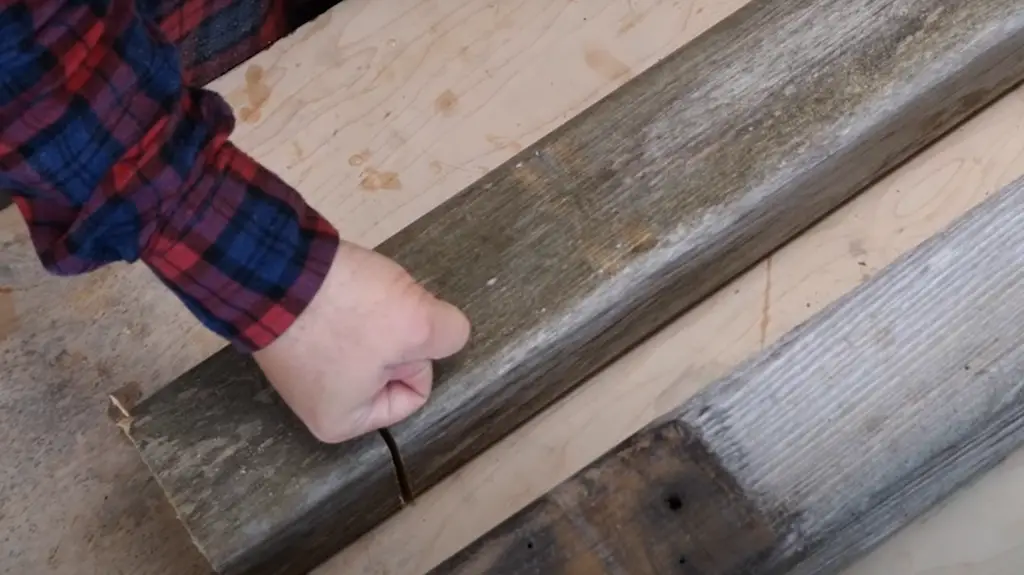
Additionally, concrete can be produced in a variety of colors and textures to suit different design needs. With proper maintenance, concrete can last for decades before needing to be replaced.
Concrete is a versatile material that can be used to create structures for both residential and commercial applications. It’s economical, easy to work with, and relatively simple to install. With proper care and maintenance, it can provide many years of reliable service.
Overall, concrete is an essential building block in modern construction projects. Its strength and versatility make it ideal for use in a wide range of applications. As such, concrete will remain an important part of the construction industry for many years to come.
Differences Between a Concrete Block and a Cinder Block
What Are Concrete Blocks Made Out Of?
Concrete blocks are made out of concrete, which is a mixture of water, sand, gravel or crushed stone, and cement. The material is poured into molds and then left to dry and harden for several days. Concrete blocks come in many different sizes and shapes, depending on the purpose they are intended for.
What Are Cinder Blocks Made Out Of?
Cinder blocks are made out of cinder aggregate and Portland cement.
This material is mixed with Portland cement to form a strong block that can be used in construction projects as a building material. Unlike concrete blocks, cinder blocks are not typically used for structural purposes. They are more commonly used in landscaping and retaining walls.Differences Between Concrete Blocks and Cinder Blocks
The two types of blocks have different characteristics due to the material they are made out of. Concrete blocks are stronger and denser than cinder blocks, making them a better choice for building foundations and other structural elements. Cinder blocks have less compressive strength, making them better suited for non-structural applications like landscaping walls or garden edging. Additionally, concrete blocks tend to be larger and heavier than cinder blocks, though there is an overlap between their sizes depending on the manufacturer. Finally, concrete blocks may cost more than cinder blocks as they require more material and labor to produce.
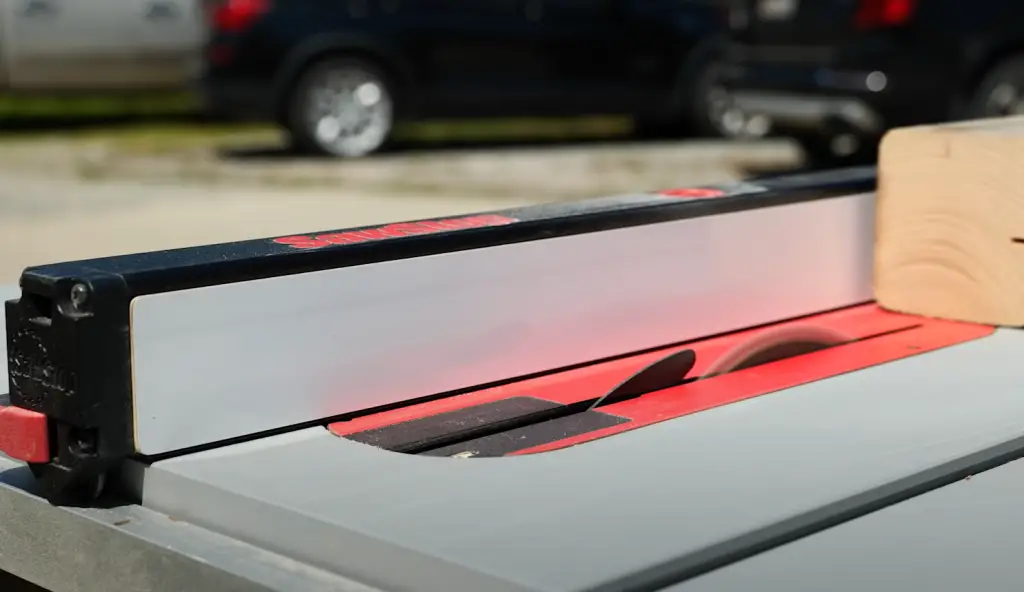
Overall, concrete blocks and cinder blocks are both useful materials that can be used for a variety of projects. Concrete blocks are typically stronger and more expensive than cinder blocks but have less compressive strength, while cinder blocks are cheaper but less durable. Knowing the differences between these two materials can help you make the best choice when selecting building materials for your project [1].
Reasons Why Concrete Blocks Are Good for Raised Garden Beds
Safe Construction
Concrete blocks are a safe material to use for raised garden beds. Unlike other materials such as wood or metal, concrete blocks have been engineered and tested to be able to withstand the elements that come with being outdoors. Concrete blocks don’t warp or rot like wood can, and they won’t rust like metal can. This means your raised garden bed will last much longer than it would if you had used another material.
Customizable And Cheap
Concrete blocks come in a variety of shapes and sizes, making them highly customizable for any raised garden bed you’re looking to build. This means you can create the exact look and size that fits your garden needs, without it costing too much money. For example, you can purchase concrete blocks for just a few dollars each. Additionally, they’re usually easy to assemble and don’t require any special tools or labor.
Easy To Maintain
Concrete blocks are fairly maintenance-free once built. If there is ever an issue with the blocks, it’s simple to identify what needs to be fixed and how to do it. They also won’t need to be treated or painted like wood does and won’t corrode like metal sometimes will. This makes them a great choice for anyone looking for an easy-to-maintain raised garden bed that will last a long time without needing constant upkeep or repairs.
Good Drainage
The holes in concrete blocks are great for ensuring proper drainage. This is particularly important if you’re in an area that gets a lot of rain or snow, as the drainage system will help ensure your plants get the water they need without becoming oversaturated. Additionally, it can also help avoid soil erosion and pooling of standing water that could drown plants or attract pests.
Durability
As previously mentioned, concrete blocks are made to be able to withstand all kinds of external elements which makes it a great material for outdoor projects such as raised garden beds.
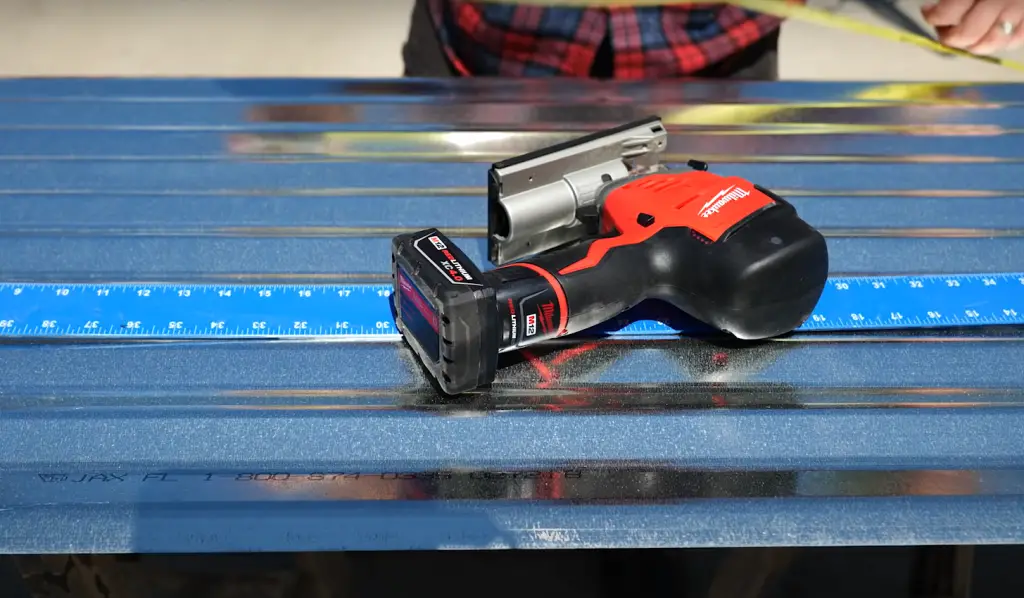
They are strong and durable and will last for many years if taken care of properly.
Temperature Regulation
Concrete blocks have great insulating properties which help regulate the temperature inside the soil of your raised garden bed. This is especially helpful during more extreme temperatures throughout the year so you can be sure your plants are getting the right amount of temperature they need to thrive.
Provide Plenty of Space for Gardening
Concrete blocks provide plenty of space for gardening. Since they come in many different sizes and shapes, you can easily create a large raised garden bed if needed. This is great for any larger plants or vegetables that need more room to grow and spread out.
Good for Tall Raised Beds
Concrete blocks are great for creating tall raised garden beds. This is because they can be stacked on top of each other to create multiple levels, allowing you to plant different kinds of plants or vegetables in specific areas for better organization and easier maintenance.

Overall, concrete blocks are a great material for building raised garden beds due to their durability and customizability. They’re also relatively cheap and easy to maintain which makes them an ideal choice for any gardening enthusiast looking to build a long-lasting raised bed that won’t require too much upkeep.
Additionally, the holes in the concrete blocks make it easy for proper drainage as well as temperature regulation so your plants have all they need to stay healthy and thrive. Lastly, concrete blocks are good for tall raised garden beds as they can be stacked on top of each other to create multiple levels. All in all, concrete blocks make an excellent material for anyone looking to build a raised garden bed that is both practical and affordable [2].
Reasons Why Not to Use Concrete Blocks in Garden Beds
Concrete blocks are not suitable for use in garden beds for several reasons:
- Concrete blocks are heavy and difficult to move, meaning that they cannot be easily rearranged or removed if necessary.
The sharp edges of concrete blocks can injure plants and people who handle them. - Concrete blocks will absorb moisture from the soil, leading to uneven water distribution in the bed and potentially damaging roots if it becomes too dry.
- Over time, the cement used in concrete blocks can become loose or crumble, making it difficult to work with and leading to planting problems.
- Because of their weight, concrete block walls may need additional support structures to prevent them from collapsing.
- Concrete blocks can be difficult and expensive to replace if they become damaged or need to be replaced due to wear and tear.
- The color of concrete blocks may not always match the surrounding environment, making them an eyesore in some gardens.
- Concrete blocks are not aesthetically pleasing and can detract from the beauty of a garden bed.
- Weed growth is more likely with concrete blocks than other materials since they provide an ideal surface for weeds to take root on.
- Lastly, concrete blocks retain heat, meaning that it can be harder for plants to survive during hot summer days when temperatures rise above normal ranges. If you do choose to use concrete blocks in your garden, make sure to take these considerations into account. You may want to opt for a more suitable material like wood or stone instead.
Step-by-Step Guide to Building a Raised Bed Out of Concrete Blocks
Supplies needed
To build a raised bed out of concrete blocks, you will need the following supplies:
- Concrete Blocks
- Soil or compost
- Planting materials (seeds, seedlings, etc.)
- Tools (trowel, level, hammer)
Step 1 – Select your location
The first step in building a raised bed is to select a location. When selecting a site for your raised bed garden, consider sunlight exposure and accessibility. Make sure that the area has plenty of sunlight and is easy to access for watering and harvesting. Avoid areas where water collects or puddles.
Step 2 – Prepare the ground
Once you have selected the location for your raised bed, it is time to prepare the ground. Clear away any weeds and rocks from the area and make sure that it is flat. If necessary, add soil or compost to level out the surface.
Step 3- Arrange/ display your concrete block raised bed design
Once the area is prepared, arrange your concrete block in a pattern that you are satisfied with. If using larger blocks, use a level to make sure they are even and secure them together with mortar or cement glue. For smaller blocks, you can simply stack them on top of each other without additional support.
Step 4- Make Sure Your Lines are Straight and Your Corners Square
Once your blocks are in place, double-check that the lines are straight and the corners are square. Use a length of string or a level to ensure accuracy before moving on to the next step.
Step 5- Remove Grass Under the Blocks
Once your design is set up, you will need to remove the grass under the blocks. To do this, use a trowel or shovel to carefully dig out any grassroots that may be present.
Step 6- Fill with Soil/ Compost
Once the area is cleared of any grass and debris, it is time to fill your raised bed with soil or compost.
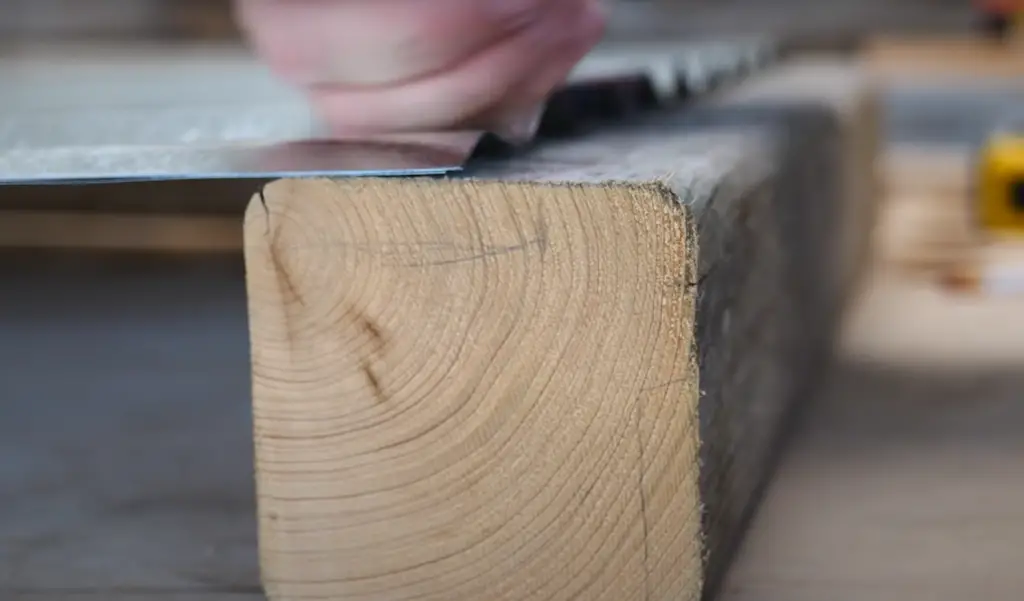
You can purchase pre-made compost from your local garden center or make your own by mixing equal parts of manure, peat moss, and topsoil. Fill the bed with about 8 inches of soil/compost mixture and level it off using a rake or shovel.
Step 7- Plant Your Seeds/ Seedlings
Now that your raised bed is ready, it is time to plant your seeds and/or seedlings. Make sure that the plants are placed in the correct depth and given enough space for adequate growth. Water regularly and add additional soil or compost as necessary to keep the bed well-nourished.
Step 8- Enjoy Your Garden
Once your garden is established, sit back and enjoy the fruits of your labor! With regular maintenance, you can enjoy a bountiful harvest from your raised bed garden for many years to come [3].
The Cost of Building a Concrete Block Raised Bed
Concrete Raised Garden Bed Size and Shape
The size of the concrete raised garden bed will depend on your needs. Generally, a 4-foot by 8-foot rectangle is sufficient for small spaces although you can go larger or smaller if needed. It’s also possible to build beds in other shapes such as circular, L-shaped, or square. The size of the concrete raised garden bed can determine the cost of materials and labor. On average, the materials to build a 4’ x 8’ raised bed cost around $150. A larger bed could cost upwards of $250 depending on the size and shape.
Number of Blocks Needed
The number of concrete blocks you’ll need will depend on the size and shape of your raised bed.
Larger beds or more creative shapes could require more blocks — up to 40 in some cases.Labor Costs
Most homeowners choose to hire a professional for the labor involved in building a concrete block raised bed. Depending on the complexity of the job, labor costs can range from $100 to $400 or more.
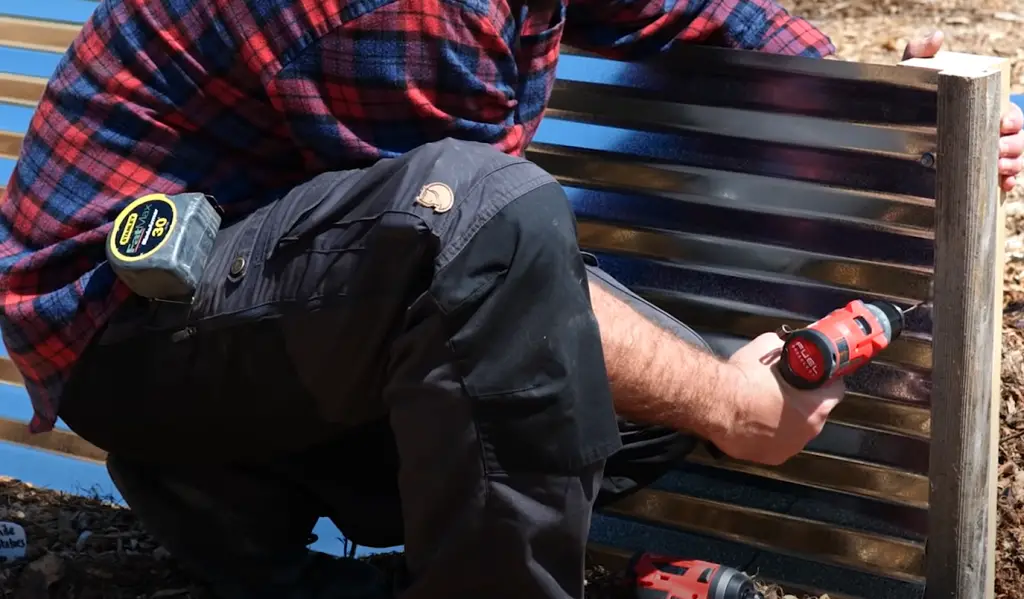
It’s important to get an estimate from at least two different contractors so you know what kind of pricing you’re looking at before making a decision.
Cost estimate to Fill a 4’X8’ Raised Concrete Garden Bed
On average, the total cost to build a 4-foot by 8-foot raised concrete garden bed will range from $250 to $700. This includes the cost of materials, labor, and any additional supplies or tools needed for construction. Of course, larger beds or more complex designs could drive up the cost even higher.
When done correctly, this type of raised garden bed can be an attractive and affordable addition to your outdoor space.FAQ
Can you use concrete for raised garden beds?
Yes, you can use concrete for raised garden beds. The main advantage is that it is more durable than wood or plastic and will not rot or decay over time. However, it can be very heavy and difficult to move around, so make sure you have a way to support the weight of the concrete if needed. Additionally, since concrete retains heat, it may be necessary to provide additional cooling to keep your plants healthy. It is also important to consider drainage when using concrete as some plants require more moisture than others. Finally, adding a barrier between the soil and the concrete will help protect against any potential negative effects from leaching minerals into your soil.
What should you not put in a raised bed?
When planting in a raised bed, it is important to avoid putting anything that could potentially damage the soil or surrounding plants. This includes weed killers, fertilizers, and insecticides. Additionally, never use pressure-treated wood as the chemicals can leach into the soil and be harmful to your plants. Finally, non-organic materials such as plastics should be avoided as these can prevent water from draining away properly.
Are there any risks associated with raised beds?
Yes, there are some risks associated with using raised beds for gardening. For example, if the soil stays too wet then root rot can occur which can kill off your plants. Additionally, since raised beds tend to heat up faster than the ground during hot weather they may need additional cooling or protection from direct sunlight. Finally, since the soil in raised beds is often more nutrient-rich than in-ground gardens, it may be necessary to add additional fertilizers or organic matter to keep your plants happy and healthy.
Can I use concrete for the garden?
Yes, you can use concrete for the garden. Concrete is a great material to use in gardens as it lasts longer and is more durable than other materials such as wood or plastic. However, it is important to ensure that you have adequate drainage so that your plants are not at risk of root rot due to excess moisture. Additionally, since concrete retains heat, it may be necessary to provide additional cooling to keep your plants healthy. Finally, make sure to add a barrier between the soil and the concrete in order to protect against leaching minerals from affecting your soil.
Do raised beds need more maintenance?
Raised beds generally require more upkeep than traditional gardening methods because they tend to heat up faster and require more frequent watering. Additionally, since raised beds are usually filled with nutrient-rich soil, it is important to add organic matter or fertilizer to replenish nutrients that may be lost over time. Finally, weeding and pest control can also be more difficult in raised beds because they tend to attract more insects due to their warmth and moisture retention.
Are there any other benefits of using raised beds?
Yes, there are many other benefits associated with using raised beds for gardening. For example, since raised beds are elevated from the ground they provide better access for those who have difficulty bending down. Additionally, raised beds can help conserve water by allowing for better aeration of soils and reducing evaporation.
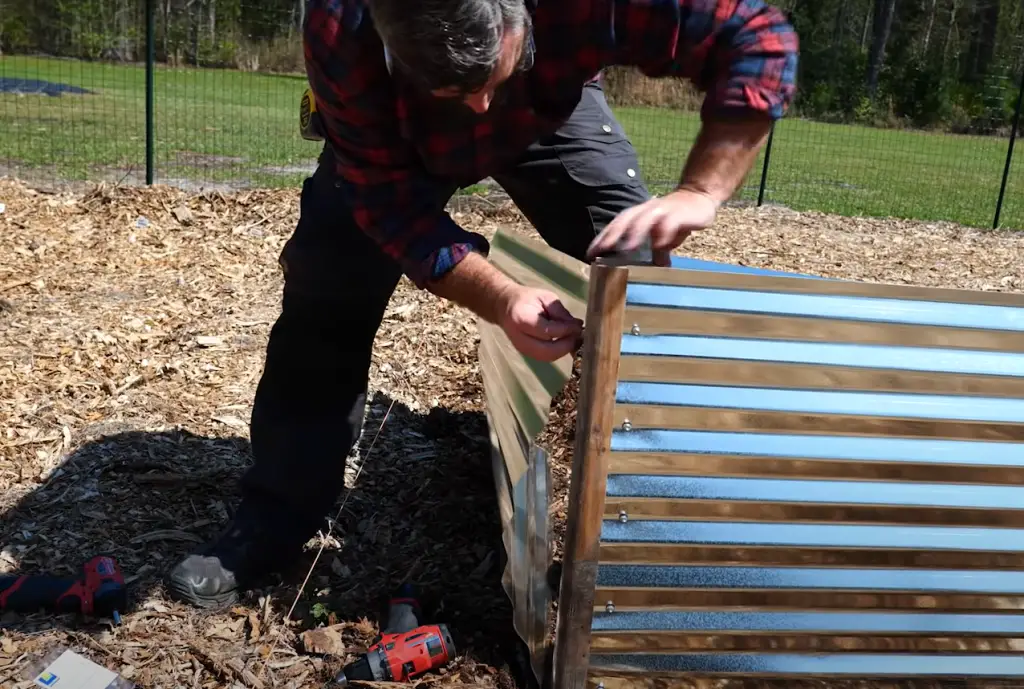
Finally, they can provide a longer growing season as the soil warms up faster in the spring and stays warmer longer into the fall. Raised beds can also help to reduce soil compaction and enable better drainage, resulting in healthier plants. Overall, raised beds are an excellent choice for anyone looking to start a garden or improve their existing one.
Are brick raised beds safe?
Yes, brick raised beds are safe when used correctly. Bricks are a great material for making raised beds as they can provide both insulation and drainage. It is important to make sure that the bricks are properly sealed with an appropriate sealant in order to protect against any moisture seeping through. Additionally, it is important to use mortar between the bricks in order to ensure stability and avoid potential toppling or shifting of the bed over time. Lastly, be sure to add a barrier between the soil and the brick wall in order to prevent the leaching of minerals into your soil. With proper care and maintenance, brick raised beds can provide many years of beautiful gardening!
Is it OK to lay concrete on soil?
Yes, it is possible to lay concrete on the soil. However, it is important to ensure that proper drainage is provided in order to prevent water from pooling in the area and rotting the roots of your plants. Additionally, since concrete retains heat it may be necessary to provide additional cooling or protection from direct sunlight for your plants. Finally, make sure to add a barrier between the soil and the concrete in order to protect against leaching minerals from affecting your soil. With proper care and maintenance, laying concrete on soil can be a great way to create a stable foundation for your garden.
How to choose the right soil for a raised bed?
When choosing the right soil for a raised bed, it is important to consider factors such as drainage, pH balance, organic matter content, and nutrient availability. It is often best to use a blend of several different soil types in order to get the best mix of characteristics. Additionally, when building your raised bed you may want to add compost or other organic materials to enrich your soil. Finally, make sure to test your soil regularly in order to monitor the nutrient levels and adjust accordingly as needed.
How to maintain a raised bed?
In order to maintain a raised bed, it is important to keep the soil well-drained and moist. Additionally, you should add organic matter or fertilizer to replenish nutrients that may be lost over time. Finally, regular weeding and pest control can help ensure your plants stay healthy and vibrant. Be sure to inspect your raised bed regularly for any signs of damage or deterioration in order to spot any issues quickly and address them accordingly. With proper care and maintenance, your raised bed will provide years of beautiful gardening!
Useful Video: Lumber Dealers Hate This Raised Garden Bed Hack!
Conclusion
Raised garden beds made from concrete blocks are a great way to start a vegetable garden. They provide a raised platform for plants to grow in, they offer superior drainage and water retention capabilities, and they’re relatively easy to install. Concrete blocks also bring an aesthetic appeal with their versatility of design options. The beauty of using concrete blocks is that you can mix and match colors or shapes to create a unique and eye-catching raised garden bed. With careful planning, these beds can be redesigned over time as your needs change or the available space does. For those looking for an efficient way to begin their vegetable garden, raised beds made from concrete blocks could be the perfect solution.
References:
- https://civiltoday.com/civil-engineering-materials/concrete/218-difference-between-cinder-block-and-concrete-block
- https://backyardgardengeek.com/top-10-reasons-why-concrete-blocks-are-good-for-raised-garden-beds/
- https://getbusygardening.com/concrete-block-raised-bed/





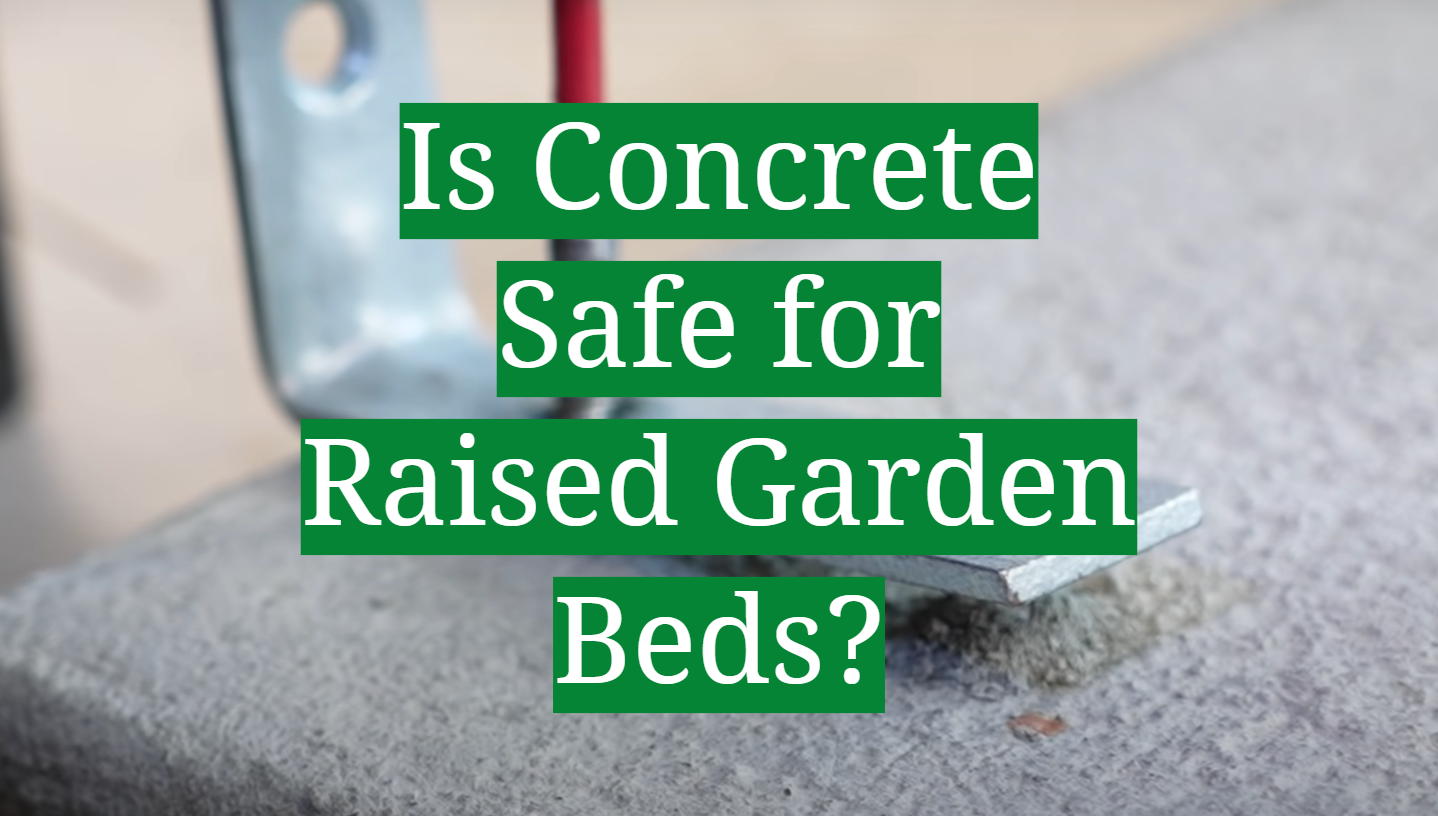
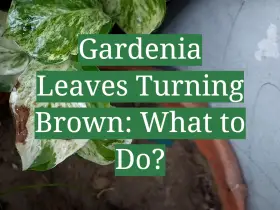
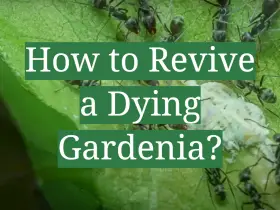

Leave a Reply
View Comments